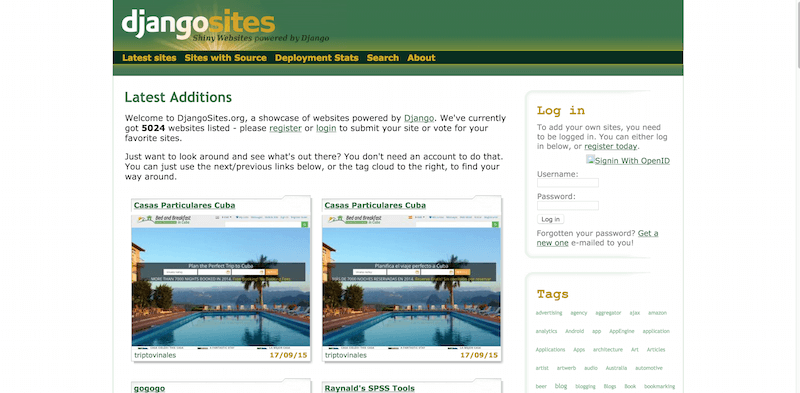

This is called putting our code into production. To make our site available on the Internet where everyone can see it, we need to deploy our code to an external server and database. If you look within our pages app, Django already provided a tests.py file we can use. Testing tools for writing and running tests. Automated tests let us write one time how we expect a specific piece of our project to behave and then let the computer do the checking for us.Īnd fortunately, Django comes with built-in Further, whenever we make changes to the code–adding new features, updating existing ones, deleting unused areas of the site–we want to be sure that we have not inadvertently broken some other piece of the site. But as a Django project grows in size there can be hundreds if not thousands of individual web pages and the idea of manually going through each page is not possible. In an app like this one, we can manually look and see that the home page and about page exist and contain the intended content. Writing tests is important because it automates the process of confirming that the code works as expected. In the words of Jacob Kaplan-Moss, one of Django’s original creators, “Code without tests is broken as designed.” Even in an application this basic, it’s important to add tests and get in the habit of always adding them to our Django projects. There’s a lot more we can do with templates and in practice you’ll typically create a base.html file and then addĪdditional templates on top of it in a robust Django project. Now if you start up the server with python manage.py runserver and open up our web pages again at and you’ll see the header is magically included in both locations. In our view we’ll use the built-in TemplateView to display our template. If you need an introduction or refresher, I suggest reviewing the official Python docs which have an excellent tutorial on classes and their usage. As a result, Django introduced class-based generic views that make it easy to use and also extend views covering common use cases.Ĭlasses are a fundamental part of Python but a thorough discussion of them is beyond the scope of this book. However, there was no easy way to extend or customize these views.

And so on.įunction-based generic views were introduced to abstract these patterns and streamline development of common patterns. Write a view that displays only one detailed item from a model. Write a view that lists all objects in a model. Class-Based ViewsĮarly versions of Django only shipped with function-based views, but developers soon found themselves repeating the same patterns over and over again. Ok, our template is complete! The next step is to configure our url and view files. Therefore, in our pages app, Django would expect the following layout: However the structure is somewhat confusing: each app needs a new templates directory, another directory with the same name as the app, and then the template file. By default, Django’s template loader will look within each app for related templates. The first consideration is where to place templates within the structure of a Django project. And in future chapters, the use of templates will support building websites that can support hundreds, thousands, or even millions of webpages with a minimal amount of code.
Django python example website how to#
In this chapter we’ll learn how to use templates to more easily create our desired homepage and about page.

That technically works but doesn’t scale well! A better approach is to link a view to a template, thereby separating the information contained in each. Recall that in the previous chapter our “Hello, World” site had the phrase hardcoded into a views.py file as a string. Every web framework needs a convenient way to generate HTML files and in Django the approach is to use templates: individual HTML files that can be linked together and also include basic logic.


 0 kommentar(er)
0 kommentar(er)
